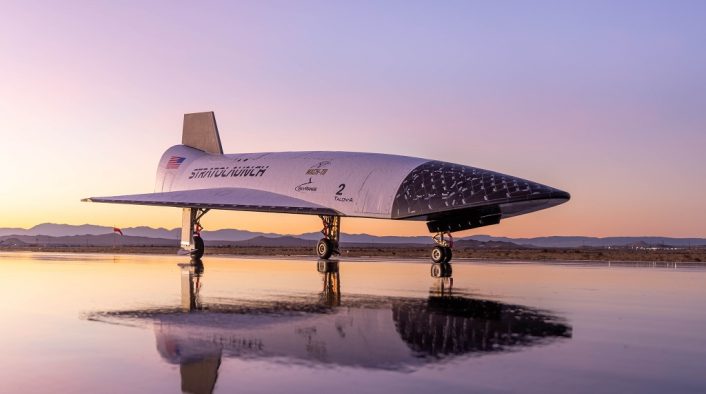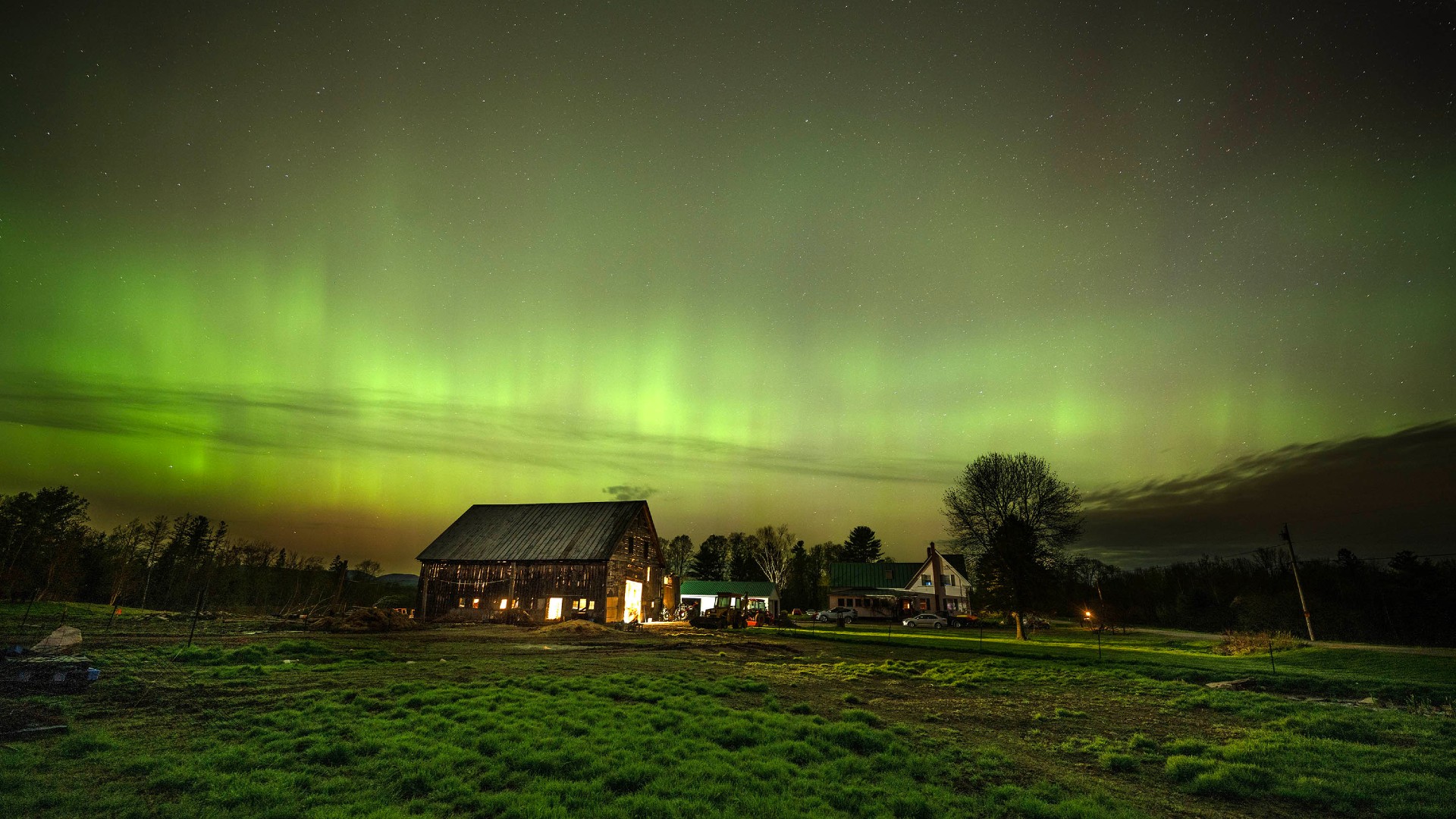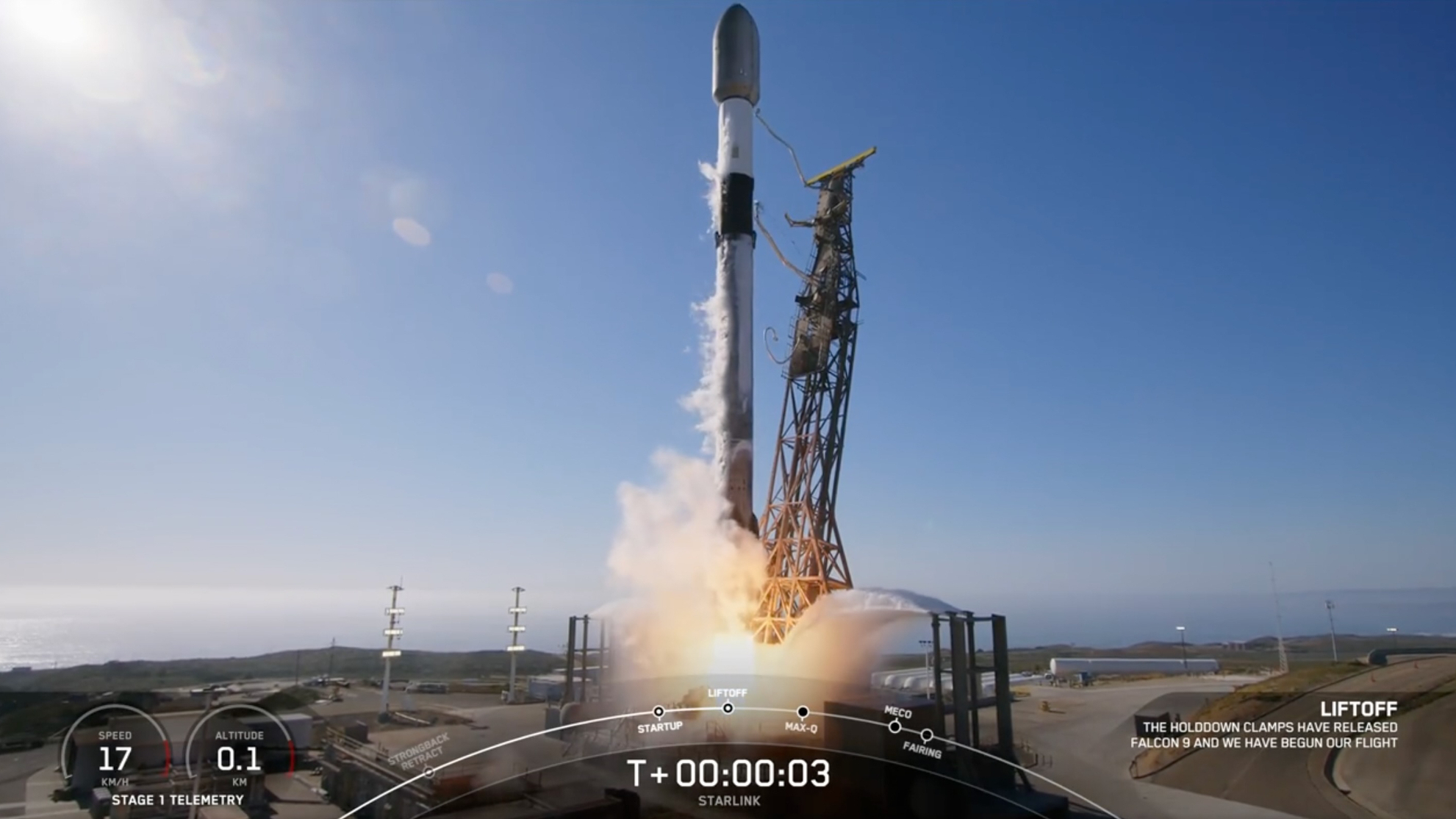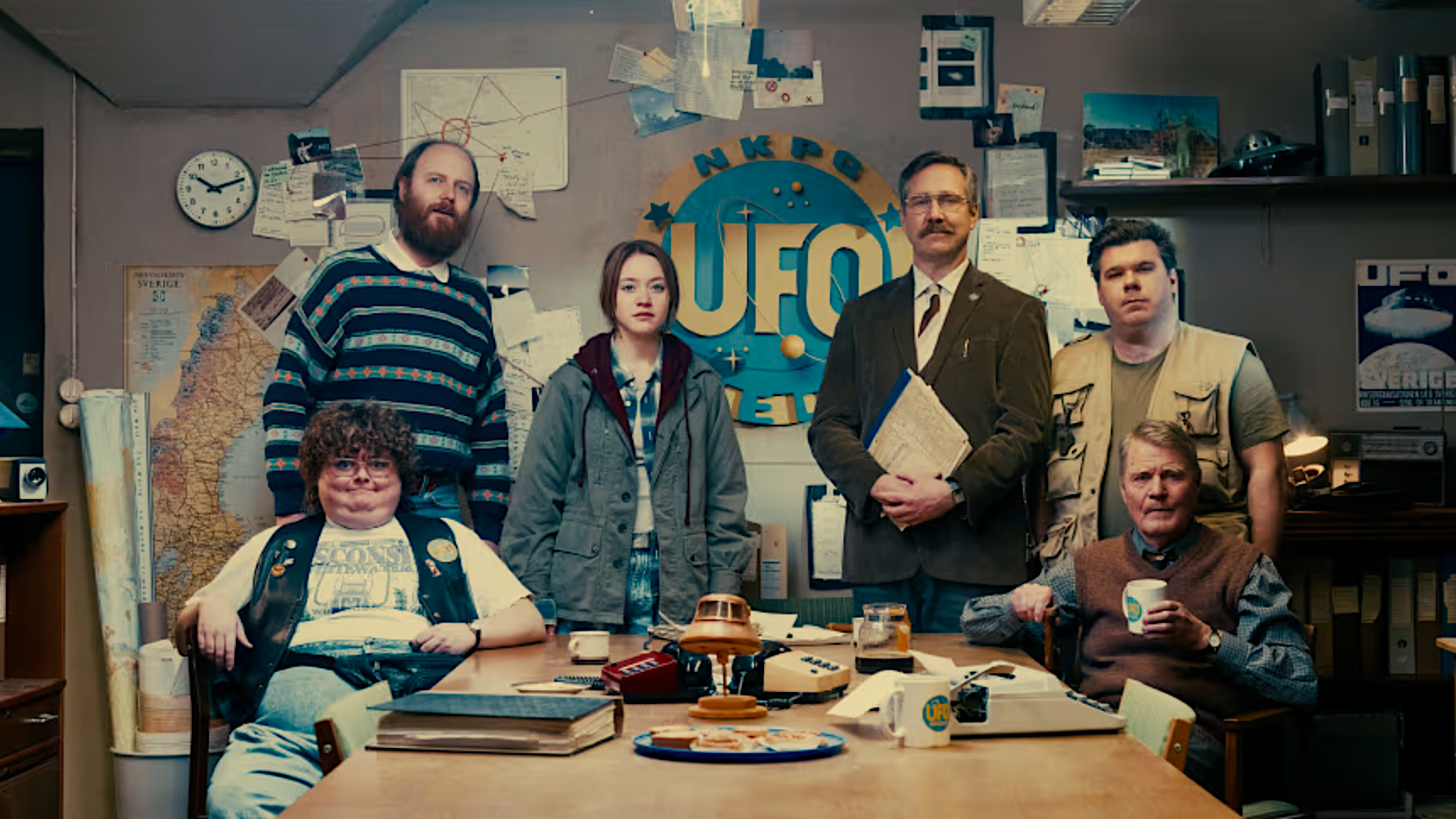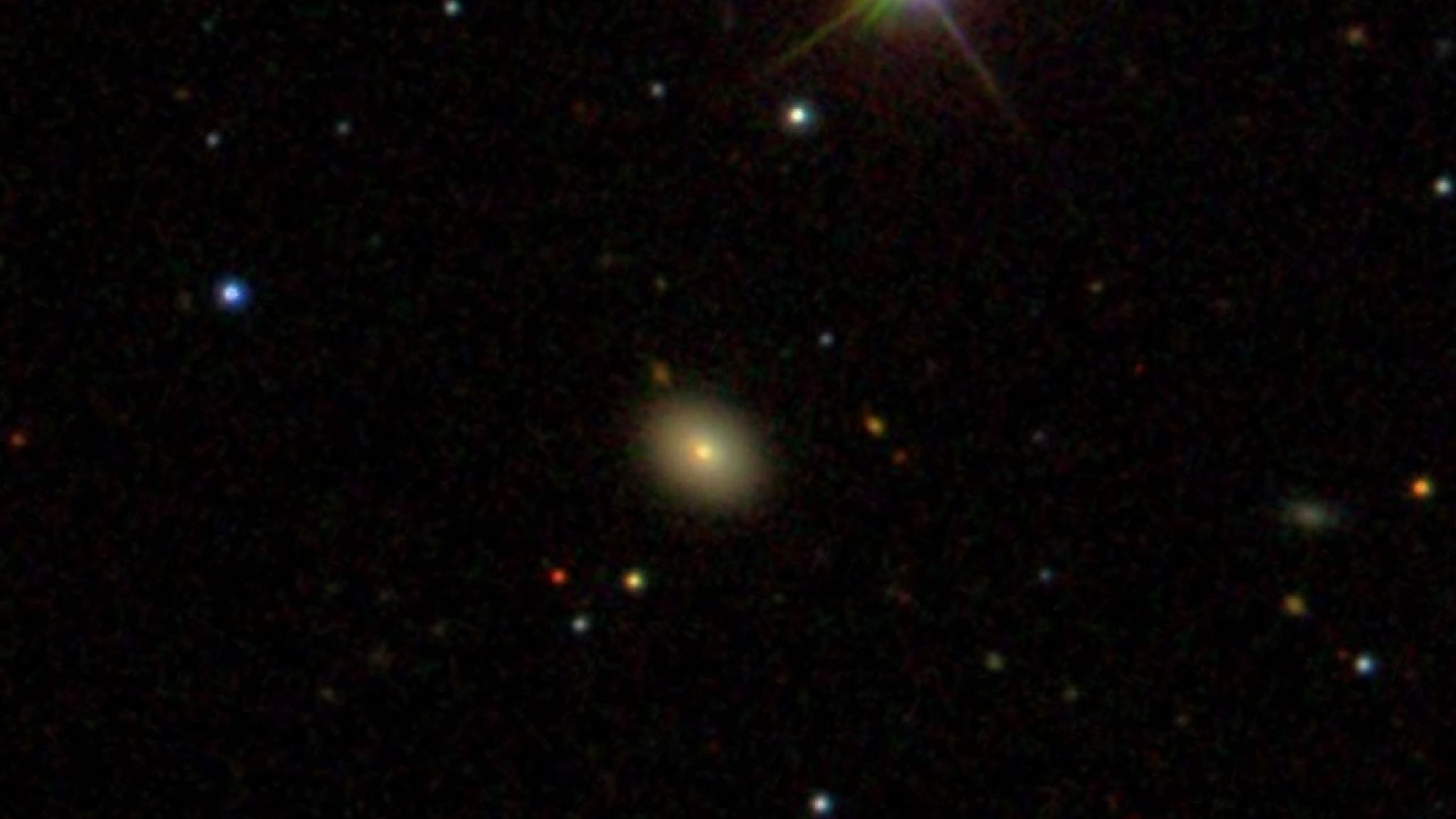Dream Chaser spaceplane will carry 'ScienceTaxi' lab to space station
Sierra Nevada Corporation and its space subsidiary racked up several aerospace deals in August.
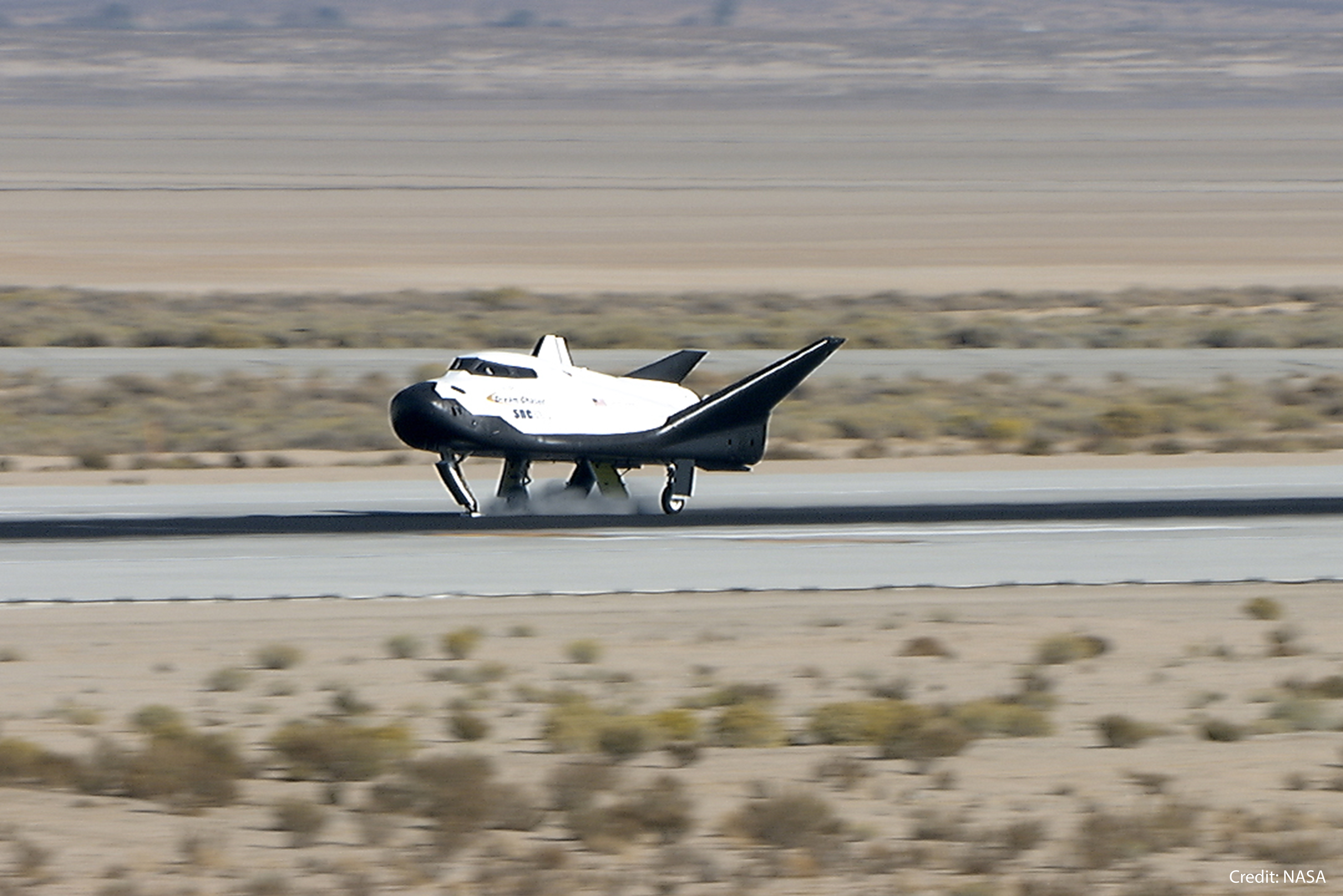
Sierra Space and its parent aerospace company are opening their wings to new contracts in defense and life sciences.
The Sierra Nevada Corp. (SNC)-led group garnered deals using the flagship Dream Chaser space plane and several defense vehicles in August. (Sierra Space is a separate company to SNC, but is also subsidiary to SNC.)
Dream Chaser will be used for an International Space Station (ISS) cargo mission in 2024 to ferry "a variety of life sciences experiments" for Yuri, a German space biotech company, Sierra Space announced in a statement on Wednesday (Aug. 31).
In pictures: Sierra Nevada's Dream Chaser aces glide test flight
Sierra Space will send at least six uncrewed ISS cargo missions using Dream Chaser, all lifting off from Florida's Cape Canaveral Space Force Station using United Launch Alliance Vulcan Centaur rockets. They will land on conventional runways, and Sierra Space has said Spaceport America has applied for approval to land Dream Chaser, among other facilities.
NASA currently receives ISS cargo shipments from SpaceX and Northrop Grumman. SpaceX's Dragon capsule is designed to send cargo back to Earth, while Northrop Grumman's Cygnus burns up naturally in the atmosphere. The shuttle-shaped Dream Chaser will be another alternative to these capsules.
On the defense side, Sierra Space announced a development milestone for its Vortex rocket engine, which will launch from Dream Chaser on military missions. The VR35K-A upper stage engine variant for commercial service passed a critical design review on Aug. 4.
Get the Space.com Newsletter
Breaking space news, the latest updates on rocket launches, skywatching events and more!
Sierra Space and the United States Air Force are together paying for the VR35K-A "to increase launch performance at a lower cost through development of an upper stage engine alternative," SNC officials stated.
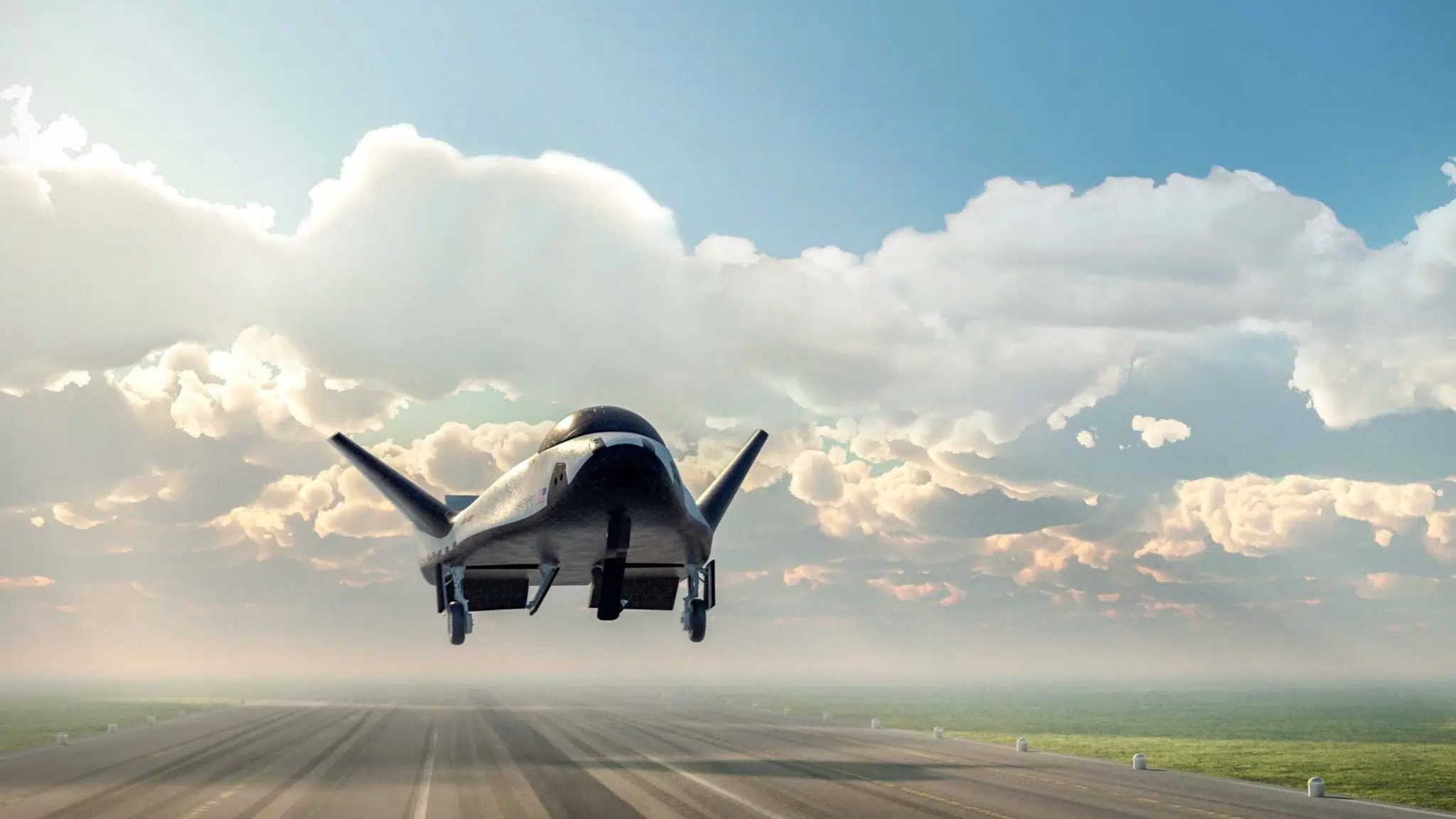
Sierra Space is not only moving forward for its civilian work to deliver cargo to the ISS, but it and SNC also making moves in the lucrative defense industry.
The U.K. Ministry of Defence tasked SNC to use a high-altitude balloon for "stratospheric communications and intelligence, surveillance and reconnaissance" in a contract announced Aug. 10. The uncrewed platform is meant to deploy in zones with minimal ground support or maintenance.
Related: Real-life 'Aeronauts': the true stories of high-altitude balloonists
Meanwhile, SNC's RAPCON-X aircraft is targeting a potential opportunity with the U.S. Army. The Army is evaluating next steps in a program to replace old Beechcraft RC-12 Guardrail battlefield surveillance aircraft with a next-generation system for intelligence, reconnaissance and surveillance.
SNC is spending $200 million to build two RAPCON-X variants for January 2024 in anticipation of the Army's High Accuracy Detection and Exploitation System (HADES) program's next phase, Breaking Defense reported Aug. 26.
RAPCON-X is based on the popular Bombardier Global 6500 business jet, with military modifications such as systems for radar and signals intelligence, the report added. SNC sent reporters on a tour of their facilities in late August to showcase the plane in development.
Follow Elizabeth Howell on Twitter @howellspace. Follow us on Twitter @Spacedotcom and on Facebook.
Join our Space Forums to keep talking space on the latest missions, night sky and more! And if you have a news tip, correction or comment, let us know at: community@space.com.

Elizabeth Howell (she/her), Ph.D., was a staff writer in the spaceflight channel between 2022 and 2024 specializing in Canadian space news. She was contributing writer for Space.com for 10 years from 2012 to 2024. Elizabeth's reporting includes multiple exclusives with the White House, leading world coverage about a lost-and-found space tomato on the International Space Station, witnessing five human spaceflight launches on two continents, flying parabolic, working inside a spacesuit, and participating in a simulated Mars mission. Her latest book, "Why Am I Taller?" (ECW Press, 2022) is co-written with astronaut Dave Williams.
